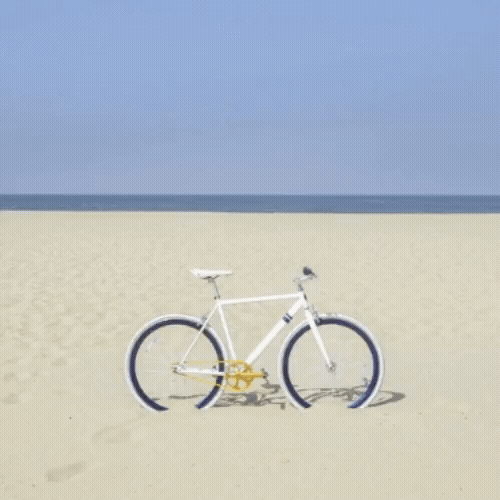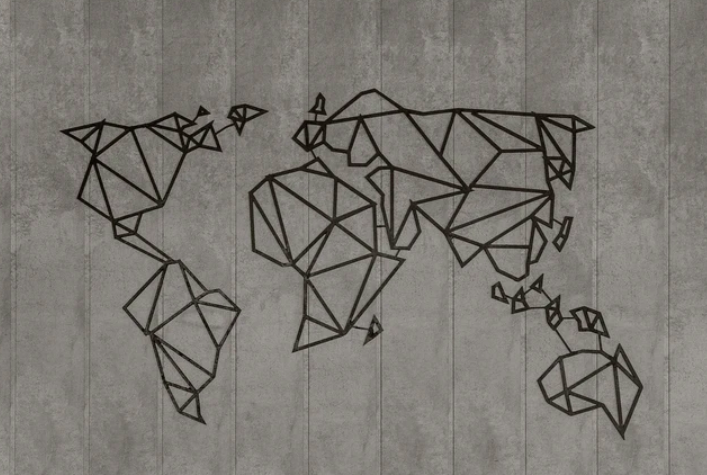(Thank you @marjanblan for use of this image; we’ve called it the “geometric art map of the world”.)
In this year when it’s so difficult to travel, we are reminded of these things called maps. In fact, we are crazy about maps, and in that spirit, are sharing “Dancing with the spirit of Marco Polo”, a chapter about our adventures with maps and globes, from Madeleine goes to London. (The dancing takes place in London’s Covent Garden, in this very special bookshop where Madeleine learned many years ago about the idea of maps being the realisation of great dreams, and which has re-opened since 15 June).
Speaking about bookshops, we read this week about “UK bookshops see sales soar” as the country re-opens (and here’s our pre-virus thoughts about favourite London bookshops).
But we have also been learning about the ancient art of making globes, more specifically, this studio called Bellerby & Co Globemakers, also based in London and one of only two workshops in the world still making modern handcrafted globes.
Did you know that:
- It can take 2 years to make a globe, in fact, as the founder and owner of Bellerby confessed was the time it took him to make his first globe. Today, each new team member at the company takes at least 6 months of practising and learning to make a globe.
- All globes are weighted for the perfect spin.
- The planisphere (“the map”) is edited on a mapping software in order to integrate the desired geographical information then cut into rectangular areas. The resulting files are then converted into long almond-shaped strips called “gores” (proper word definition: sector of a curved surface) to fit the sphere. (If you really want to try making a globe yourself, we found the Oxford Museum of Science has this set of instructions with gore templates for the Earth – see also this – while this has gores for the other planets of our solar system) (project for the hassled working-from-home-while-teaching-and-child-minding-from-home parent?).
- Gluing the gores is a most difficult step: they must deform so as to fit the sphere, without tearing or wrinkling.
- One of the challenges in globe making is “the fight with Pi” – if you don’t constantly measure and re-measure, you will be unable to complete the process.
- Right in the midst of WWII (in 1942, more precisely), US Army Chief of Staff George Marshall, acting on a suggestion from General Dwight Eisenhower, sent identical 50-inch, 750-pound globes to Churchill and Roosevelt as Christmas presents. (Both leaders had “map rooms”, by the way).
To see some globes, there is London’s National Maritime Museum (in Greenwich) with its collection of about 300 globes (this is still closed and is expected to reopen progressively over the summer). The British Library has about 100 valuable historical globes; moreover it has been undertaking a “digital globe” project to preserve the collection and including an augmented reality function too, launching the first 10 of these 3D models in March (of 17th and 18th century globes), viewable here from the comfort of your home (it’s rather cool being able to rotate the 3D models).
Away from maps and globes, we have been pondering a little on the theme of finding our way and getting lost. We cannot help but share two quotes, one about our external quest and the other about our inner search. And so, here’s the first, from astronomer and scientist Carl Sagan:

Juxtapose this with explorer Erling Kagge’s reflections on his time in the Antarctic while walking en route to the South Pole:

We on our part also cannot help mentioning a history of how our astronomical ideas about the world has changed, Mapping the heavens, a highly readable insider’s view that we cannot recommend more strongly.
We hope you are finding interesting things to
pay full attention to
and get lost in,
wherever you are.





